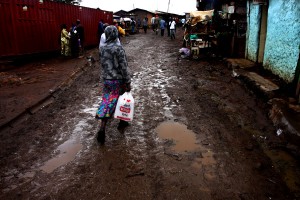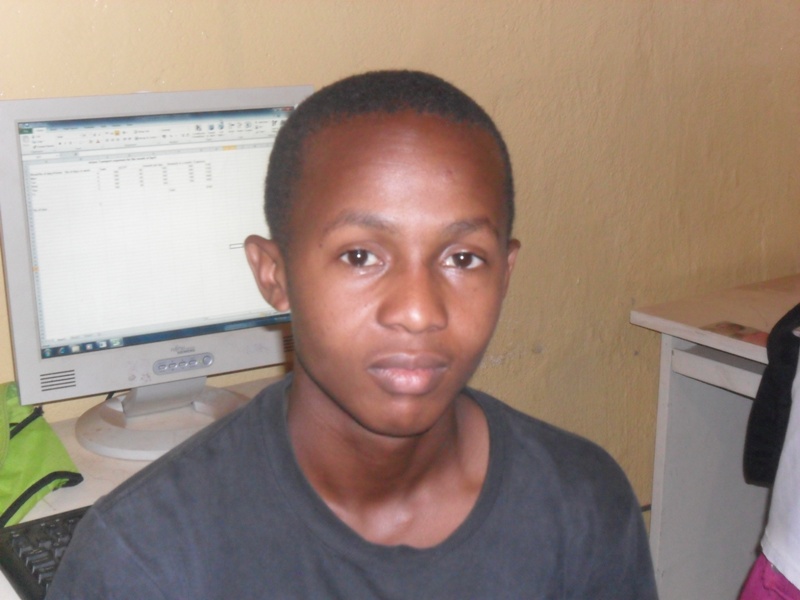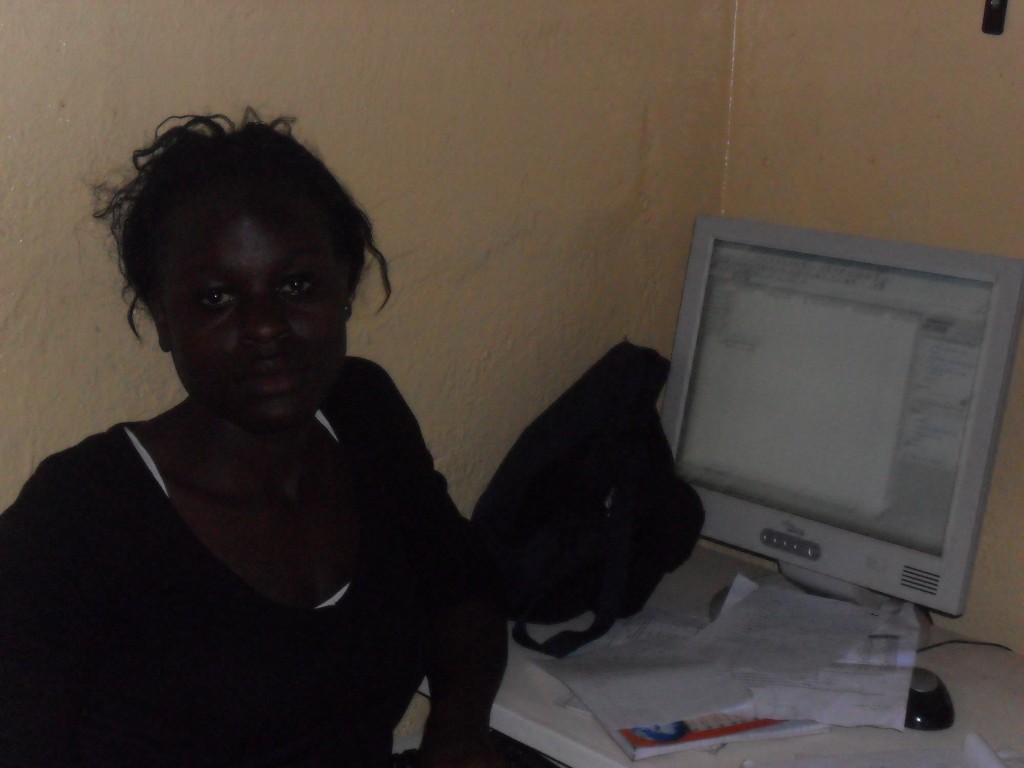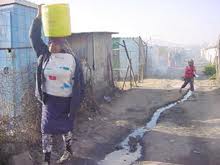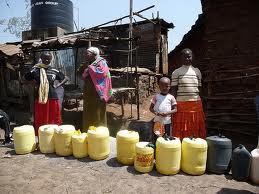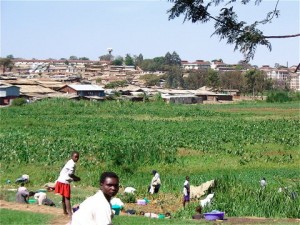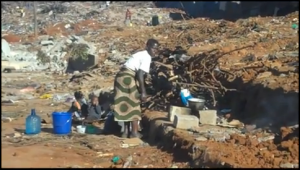When building your wardrobe, there are some items that one considers essentials and some luxuries. One establishes a wardrobe with shoes that would be suitable for the office, dines, weekends, parties and out of town. Victor is one of the best shoe sellers in Kibera who showed us different shoes that can be worn on different occasions.
The classic black pumps. This can be worn to the office, church, work and to any other occasion one can think of. The shoe should have a tow to three inch depending on one’s preference.
Flats. They are comfortable shoes and very versatile. They are of different colors and patterns. They can also be worn with jeans, Capri pants or any other wear.
Sandals. Flats or low heeled sandals are a must. One can choose flip-flop or any other type, and can pick bright colors , metallic, or African with beading or paints. If one spends a lot of time near water, then the best choice would be a rubber sandals.
Boots. They are good for the wet weather. One can choose a boot that is either black or brown, in leather or suede, which can be worn regularly with most colors. There are different colors like booties or ankle boots which are a great option. One can choose a pair of Traditional ankle boots that came up just over the ankle. Heels can be flat, stacked or even depending on your taste.
Neutral low heel pumps. One cannot wear black with every color always. There is always a need for other neutral colors like brown, taupe , or beige would do. However, one can choose navy if you have clothing in those color schemes. It can be a low heeled shoe that is also a close toe. This shoes should be versatile enough to wear with trousers, slacks or even a dress.
Open toe dress heels. This is an open or peep-toe shoe that be a closed back pump or a sling back. The heel should be preferably three to four inches. This shoe is for dressing up either for going on a date, dinner, or even the company party. The open toe part of the shoe makes it sexy by the exposure or the toes.
Evening shoes. Every woman should have absolutely drop dead gorgeous evening shoes. One can choose a silver high-heel sandal, an elegant black evening shoes or a multitude of other styles. If one goes out to formal affairs often, don’t be afraid to spend a lot of money on an incredible shoe.
Trainers. If one is trying to keep in shape or physically fit, one must have a top quality trainer pair, in the same way, if one does a lot of running he\ she has to get a pair of trainers with plenty of cushioning and support.
Mules. Pick a leather or suede mules with two to three inch heel that can be worn from the office to a casual coffee date. These open black shoes come in variety of shapes and sizes.
Favorite shoes. This can be a trendy sandal a funky wedge pump or a wild pair of plat forms. It can be your favorite shoes for dressing up or your every shoes to wear on casual days.
When building your wardrobe, there are some items that one considers essentials and some luxuries. One establishes a wardrobe with shoes that would be suitable for the office, dines, weekends, parties and out of town. Victor is one of the best shoe sellers in Kibera who showed us different shoes that can be worn on different occasions.
The classic black pumps. This can be worn to the office, church, work and to any other occasion one can think of. The shoe should have a tow to three inch depending on one’s preference.
Flats. They are comfortable shoes and very versatile. They are of different colors and patterns. They can also be worn with jeans, Capri pants or any other wear.
Sandals. Flats or low heeled sandals are a must. One can choose flip-flop or any other type, and can pick bright colors , metallic, or African with beading or paints. If one spends a lot of time near water, then the best choice would be a rubber sandals.
Boots. They are good for the wet weather. One can choose a boot that is either black or brown, in leather or suede, which can be worn regularly with most colors. There are different colors like booties or ankle boots which are a great option. One can choose a pair of Traditional ankle boots that came up just over the ankle. Heels can be flat, stacked or even depending on your taste.
Neutral low heel pumps. One cannot wear black with every color always. There is always a need for other neutral colors like brown, taupe , or beige would do. However, one can choose navy if you have clothing in those color schemes. It can be a low heeled shoe that is also a close toe. This shoes should be versatile enough to wear with trousers, slacks or even a dress.
Open toe dress heels. This is an open or peep-toe shoe that be a closed back pump or a sling back. The heel should be preferably three to four inches. This shoe is for dressing up either for going on a date, dinner, or even the company party. The open toe part of the shoe makes it sexy by the exposure or the toes.
Evening shoes. Every woman should have absolutely drop dead gorgeous evening shoes. One can choose a silver high-heel sandal, an elegant black evening shoes or a multitude of other styles. If one goes out to formal affairs often, don’t be afraid to spend a lot of money on an incredible shoe.
Trainers. If one is trying to keep in shape or physically fit, one must have a top quality trainer pair, in the same way, if one does a lot of running he\ she has to get a pair of trainers with plenty of cushioning and support.
Mules. Pick a leather or suede mules with two to three inch heel that can be worn from the office to a casual coffee date. These open black shoes come in variety of shapes and sizes.
Favorite shoes. This can be a trendy sandal a funky wedge pump or a wild pair of plat forms. It can be your favorite shoes for dressing up or your every shoes to wear on casual days.

